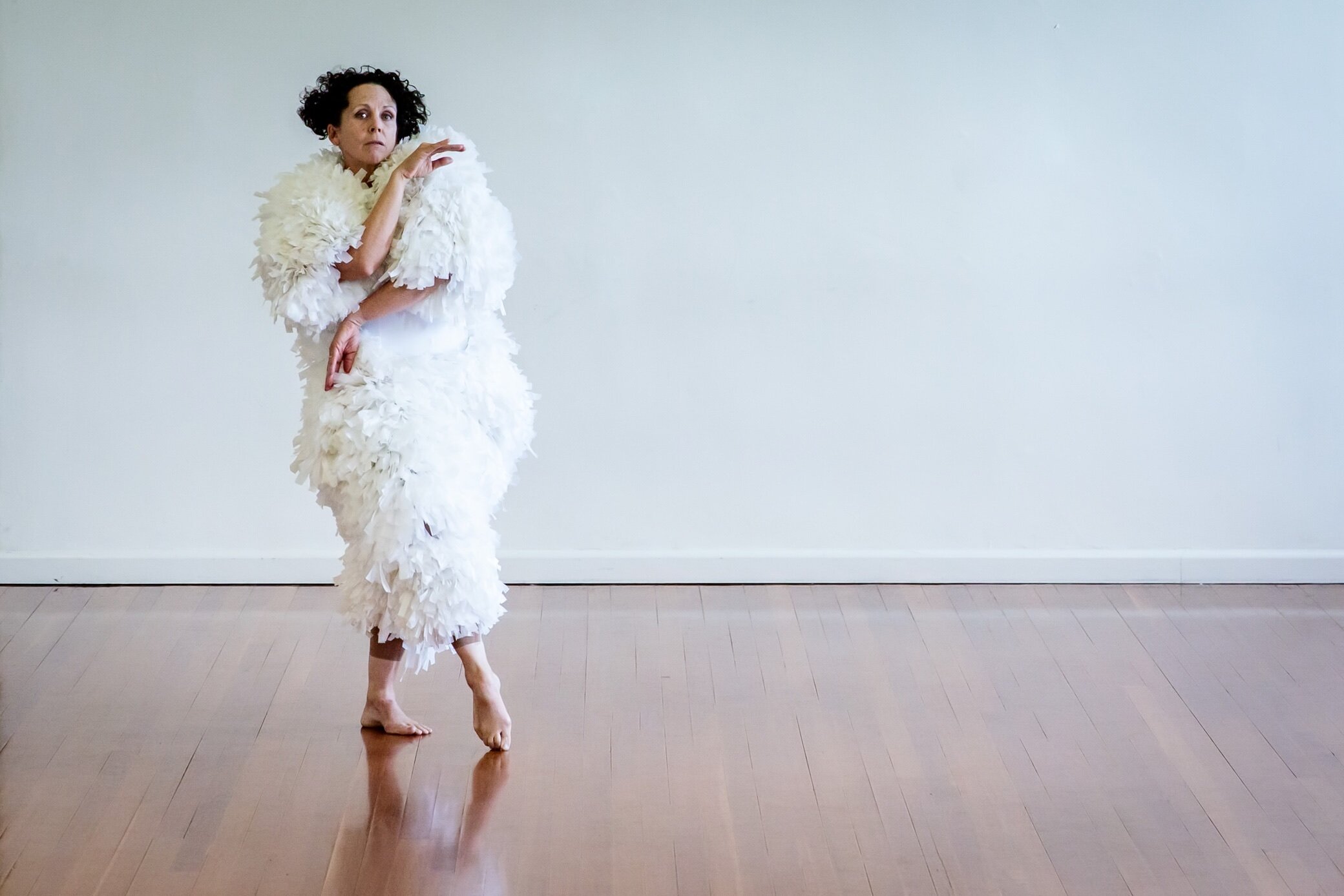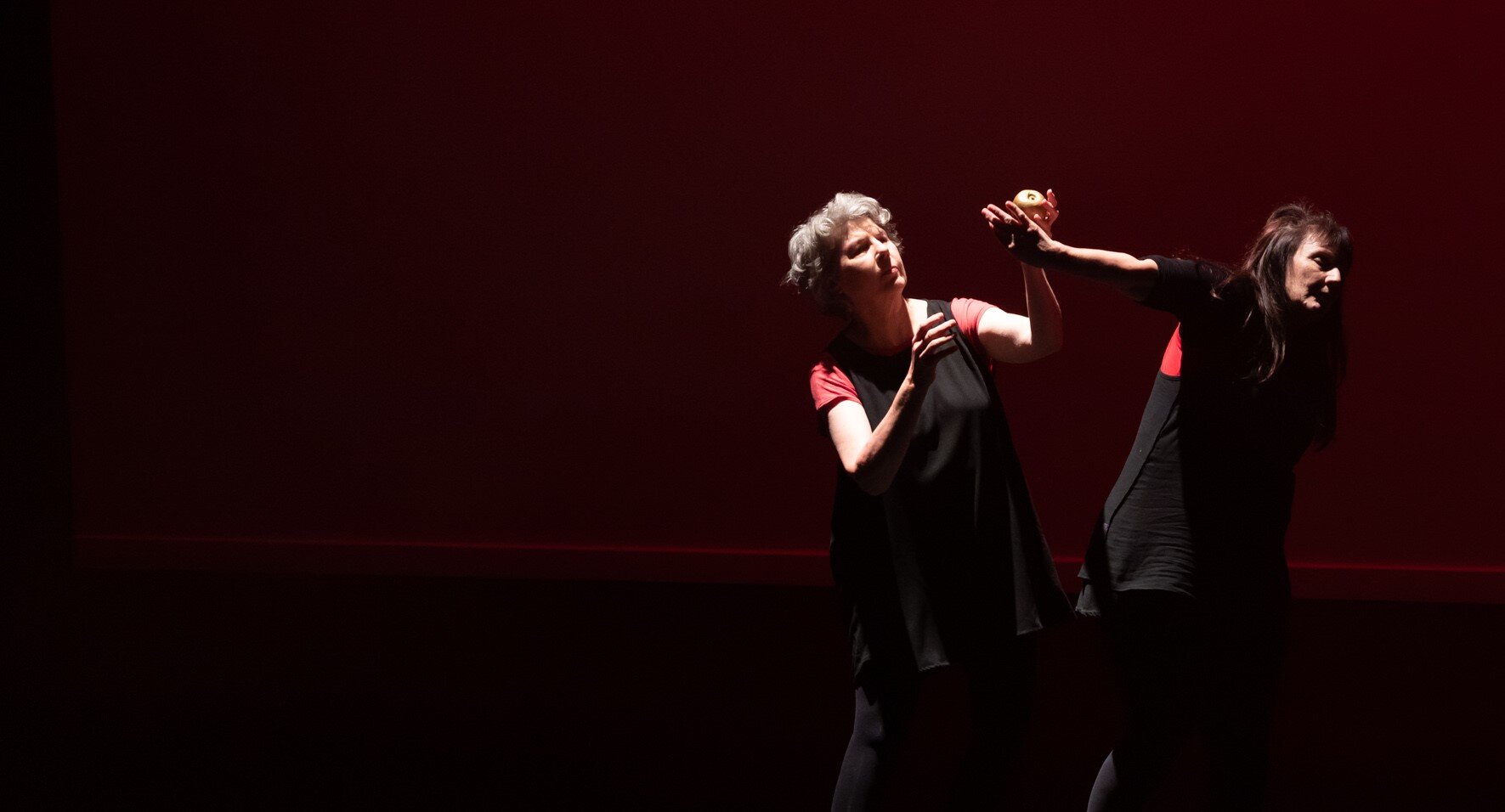
Our vision
Dance has immense capacity as an art form for all bodies and all ages.
It promotes creativity, community engagement, health and well being. With an aging population and subsequent increases in health and social issues, the dance sector has a role to play in exciting individuals to move, connect and create.
Fine Lines aims to lead the way by producing exemplary artistic programs for and by older dancers, inspiring others to dance as they continue to age.
Fine Lines is focused towards advocacy, visibility, representation and parity for people who resist mainstream expectations of dance and dancers.
In an ageist society this is particularly important, especially in dance which values youth, particular types of bodies and virtuosic technique.
Being a dancer is fundamental to many dancers’ identity, irrespective of age. However, in Australia, older dancers are notably discriminated against and discouraged from serious dance. They are overlooked, patronised, treated as hobbyists and denied opportunities to grow and achieve their potential. Older dancers are vulnerable to mainstream suggestions they have nothing more to offer, unless it is self-deprecating. When one’s whole identity is indivisible from that of being a dancer, when one believes their best artistic years are yet to come, this is devastating and debilitating.
Through its projects and ongoing activities, the members of Fine Lines fight oppressive and pervasive attitudes towards women. They challenge prevailing stereotypes and seek to create an alternative aesthetic in dance where older performers’ ideas and physicality contribute to a broader cultural conversation.
This advocacy work raises public awareness that older bodies can and do dance; can and do perform; and can do both well. This encourages and emboldens other mature dancers to re-engage or continue their lifelong learning through dance.
Without Fine Lines
Loss of identity and individual empowerment
The ageing body is a factor in the rejection of an identity as a mature aged dancer, but if dance training and artistic works for older dancers are physically accommodating and push creative boundaries, the dancer identity (as well as pride and sense of purpose) can be sustained.
Loss of communities of practice
Dance is a social activity, whether it is of a professional, social or community nature. When dancers have no place to dance, they become isolated, their practice reduced and creative capacity unchallenged. Providing a space to dance and explore creative ideas, re-establishes community connection, collaboration and shared purpose.
Loss of physicality
Many people are drawn to dance as an alternative to sporting activities. In lieu of dance or creative movement opportunities a dancer may not necessarily transfer his or her attention to other forms of physical activity in mid to later life. The consequences can be loss or reduction of mobility, balance, co-ordination, control, flexibility, stamina, kinaesthetic awareness and proprioceptive abilities, with associated reduction in confidence and willingness to try new things.
Unbalanced representation
Real life is comprised of individuals of all ages. The culture of youth in dance limits the art form and sustains deep seated cultural biases. Dance should be an art for all ages and all human beings. Unfettered by cultural perceptions of dance as an expression of youth, older dancers still have much to communicate and contribute.
